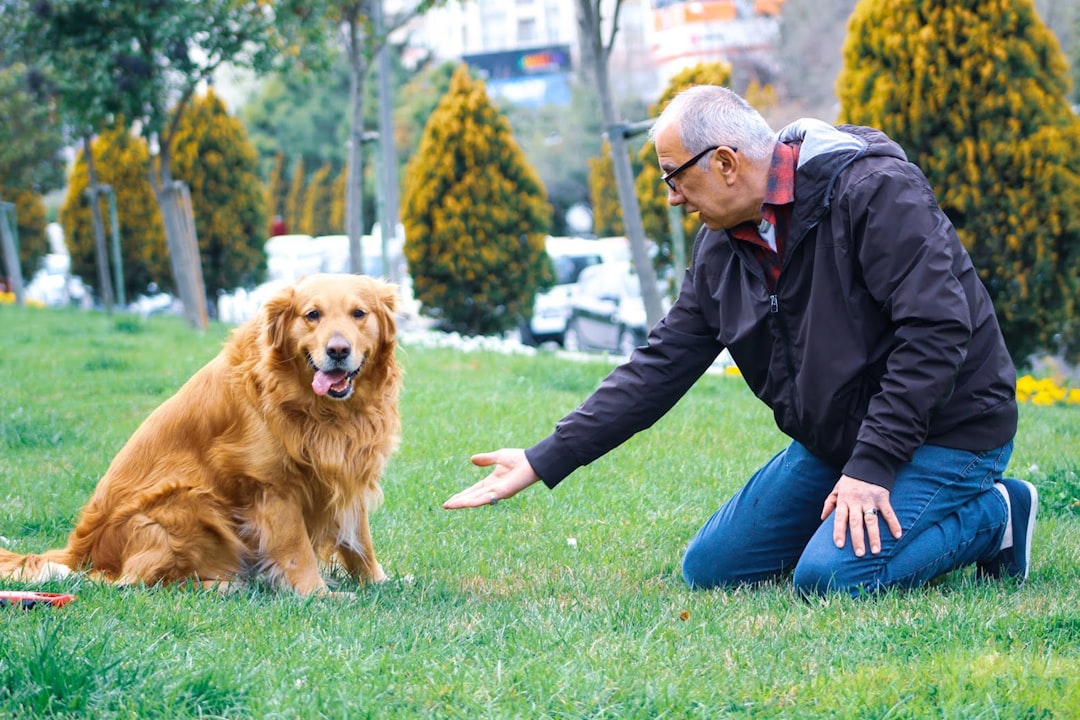Have you ever wondered why your dog tilts their head when you speak in that silly voice? Or why they come running when you call excitedly but ignore your stern commands? The answer lies in something fascinating that’s been happening right under our noses. When you praise a dog, it’s listening not just to the words you say but also how you say them. Scientists have explored this phenomenon by using an imaging machine to peek inside the brains of 13 dogs as they listened to their trainer’s voice. The reward pathway in the dogs’ brains lit up when they heard both praising words and an approving intonation – but not when they heard random words spoken in a praising tone or praise words spoken in a flat tone.
This remarkable discovery transforms how we understand our canine companions and opens up entirely new possibilities for effective training. So let’s dive into the incredible world of canine vocal interpretation and discover how your tone of voice becomes the secret language your dog understands better than you ever imagined.
The Science Behind Canine Voice Recognition

Your dog’s brain works remarkably like yours when processing human speech. A dog uses the left hemisphere of its brain to interpret words, whether it’s praise or not, and the right hemisphere to interpret intonation, whether the voice is excited or not. This dual processing system means they’re simultaneously analyzing what you’re saying and how you’re saying it.
Recent groundbreaking research reveals something even more incredible. Dogs have a remarkable ability to understand human speech, even when it is not directed at them and spoken in a monotone voice. They can identify meaningful content, such as their names, within streams of irrelevant speech. We found that dogs could absolutely find their name when presented in a monotone way and buried in stream of irrelevant speech. This suggests your furry friend has been listening to every conversation, picking out the important bits.
The Five Tones That Shape Your Dog’s World

There are several common distinguishing tones used in dog training, each carrying its own emotional message that your dog interprets with remarkable precision. Understanding these tones transforms you from someone who simply talks at their dog into someone who truly communicates with them.
Cheerful tones often sound silly and playful. Speaking to your dog in a cheerful voice will tell him that you are proud of his behavior or that you want to play. Your dog may respond by perking his ears or wagging his tail. The disappointed tone, conversely, creates entirely different results, causing most dogs to lower their heads and tuck their tails in response to your disapproval.
Why High-Pitched Voices Create Training Magic

There’s something almost hypnotic about the way dogs respond to higher-pitched voices during training sessions. Dogs respond with excitement when we use an enthusiastic, high-pitched voice. This tone is perfect for initiating play or when giving commands that are active, such as training the Come command. Think of it as speaking your dog’s native emotional language.
Talking nicely with a high-pitched voice caused positive emotional responses in both the dogs and the wolves. Their tails wagged more, they stayed closer to their trainer, and they seemed to be more at ease. Furthermore, the longer and more frequently that the trainer spoke in this “nice” tone, the happier the animals seemed to be. This isn’t just about getting attention; it’s about creating genuine emotional connection during every training moment.
When Low Tones Command Respect and Authority

Lower-pitched voices serve a completely different but equally important purpose in your training toolkit. When training commands that are passive and require some restraint, such as the Sit, Stay or Down commands, use a low-pitched tone that’s authoritative but not harsh. Your dog interprets these tones as signals for focus and control rather than excitement.
A calm, soothing voice in a lower tone can have a comforting effect on dogs, particularly in stressful situations. When you speak in a low-pitched voice, your dog may interpret it as a sign of reassurance and authority. It can convey a sense of security, helping to alleviate anxiety and fear in certain situations. However, there’s a fine line between authoritative and intimidating that every dog owner must learn to walk.
The Hidden Dangers of Harsh Tones

Using harsh or reproachful tones creates a cascade of negative effects that many dog owners don’t realize they’re causing. In the sessions where trainers used more reprehensive speech, the researchers observed more negative emotional signs displayed by the dogs. These signs included less tail wagging and spending less time next to the trainer. Importantly, the dogs also performed worse, making fewer correct responses to commands.
The psychological impact runs deeper than immediate compliance issues. A threatening tone of voice can produce a slew of appeasement gestures and stress signals, such as ears pulled back, paw lifts, lip licks, yawning, frequent blinking, looking away, tension in the face, a suddenly gaping mouth, a head lowered similar to hunching, a chin raised up in a submissive posture, fidgeting, frustration related behaviors, vocalizations and/or acting goofy. These stress signals indicate your dog is shutting down emotionally, the opposite of effective learning.
Gender Differences in Effective Dog Communication

Men and women face unique challenges when communicating effectively with dogs, stemming from natural voice characteristics. Men often have lower pitches that sound firm and commanding. They may have to consciously raise their pitch to communicate a positive message. This means many male dog owners unintentionally sound too serious even when trying to praise their pets.
Women and children, on the other hand, often have to lower the tone of their voice and raise the volume to sound firm and authoritative. The key insight here is that effective dog communication often requires stepping outside your natural vocal patterns. Men sometimes forget to use a high-pitched tone when giving praise or trying to invoke excitement and women often forget to lower their pitch when issuing commands or corrections.
Context Matters More Than You Think

Your dog doesn’t just hear your tone in isolation; they’re brilliant at reading the entire situation and adjusting their interpretation accordingly. When you speak to your dog, they consider not only the tone of your voice but also the situation and environment in which the interaction takes place. For example, if you use a high-pitched, excited tone while preparing their leash for a walk, your dog may associate that tone with the upcoming enjoyable activity of going for a walk.
Conversely, if you use the same high-pitched voice while visiting the veterinarian, your dog may interpret it as an indication of anxiety or unease, especially if they associate the vet with less pleasant experiences. This contextual awareness means your dog is constantly analyzing multiple layers of communication, making them far more sophisticated listeners than most people realize.
Building Consistency in Your Training Voice

One of the biggest mistakes dog owners make is inconsistency in their vocal commands, which creates confusion and undermines training progress. Dogs primarily respond to the emotional content in your voice rather than the specific words. If you use a high-pitched tone to issue a command one day and a low-pitched tone the next, it can lead to confusion and make it challenging for your dog to understand what you want them to do.
The solution lies in establishing clear vocal patterns that your dog can depend on. To ensure effective communication, establish clear voice commands and stick to a consistent tone for each command. For example, use a firm, assertive tone for commands like “sit” and “stay,” and a cheerful, encouraging tone for commands like “come” and “fetch.” This consistency helps your dog better understand your expectations and reinforces the connection between the command and the appropriate response.
Understanding isn’t just about better training results, though that’s certainly a wonderful benefit. It’s about recognizing that your voice carries emotional weight in your relationship with your canine companion. Every time you speak, you’re either building trust and connection or potentially creating stress and confusion. The next time you’re working with your dog, remember that they’re not just listening to your words but analyzing the entire emotional package you’re delivering. What message will your tone send today?

Gargi from India has a Masters in History, and a Bachelor of Education. An animal lover, she is keen on crafting stories and creating content while pursuing a career in education.






